Bilambiya Amla
₹259
Bilambiya Amla, a unique variety of Indian Gooseberry, is renowned for its exceptional health benefits and delicious taste. This slow-ripening variety offers a longer harvest season and a sweeter, more succulent fruit.
57 people are viewing this product right now
🔥 10 items sold in last 3 hours
Experience the enduring benefits of Bilambiya Amla, a unique variety of Indian Gooseberry renowned for its extended fruiting season. This slow-maturing Amla boasts a rich source of Vitamin C, antioxidants, and other essential nutrients. Cultivate this remarkable plant in your garden and enjoy the continuous supply of its health-promoting fruits.
Key Features & Benefits
- Extended Fruiting Season: Enjoy a prolonged harvest of Amla, extending beyond the typical fruiting period.
- High Vitamin C Content: A potent source of Vitamin C, boosting immunity and overall health.
- Rich in Antioxidants: Protects cells from oxidative damage and promotes overall well-being.
- Versatile Uses: Utilize Amla in various ways, from culinary applications to traditional medicine.
- Ornamental Value: Adds a touch of greenery and beauty to your garden with its attractive foliage.
Plant Care Guide
Ideal Plantation Locations
Bilambiya Amla thrives in warm, tropical, and subtropical climates. It prefers well-drained, fertile soil rich in organic matter. Suitable regions include most parts of India, Southeast Asia, and other tropical and subtropical areas.
Planting & Gardening Instructions
- Location: Choose a sunny location with at least 6-8 hours of direct sunlight per day.
- Soil Preparation: Prepare the soil by digging and incorporating well-rotted organic matter like compost or manure.
- Planting: Plant the Amla sapling at the appropriate depth, ensuring the root ball is covered with soil.
- Spacing: Maintain a spacing of 6-8 feet between plants to allow for proper growth and air circulation.
Watering
Water the plant regularly, especially during the dry season. Ensure the soil remains consistently moist but not waterlogged. Reduce watering frequency during the rainy season.
Fertilizers
Apply a balanced organic fertilizer like compost or vermi compost around the base of the plant during the spring and fall seasons. You can also use a diluted solution of organic liquid fertilizer.
Repotting Instructions
Re-potting is generally not required for outdoor-grown Amla trees. However, if grown in containers, repot the plant every 2-3 years into a larger pot with fresh, well-draining potting mix.
Fruiting Season
Bilambiya Amla exhibits an extended fruiting season compared to other varieties. Fruiting typically begins in late summer or early autumn and can continue into the winter months.
Usage Ideas
- Culinary Uses: Amla can be used to make chutneys, pickles, juices, and other culinary preparations.
- Medicinal Uses: Traditional medicine utilizes Amla for its various health benefits, such as improving digestion, boosting immunity, and promoting hair and skin health.
- Ornamental Plant: Cultivate Bilambiya Amla as an ornamental plant in your garden to add a touch of greenery and enhance its aesthetic appeal.
Care Tips
- Pest and Disease Control: Monitor the plant regularly for pests and diseases. Treat any infestations promptly using organic methods or appropriate pesticides.
- Pruning: Prune the plant regularly to maintain its shape and encourage healthy growth.
- Mulching: Apply a layer of organic mulch around the base of the plant to conserve moisture, suppress weeds, and improve soil health.
Only logged in customers who have purchased this product may leave a review.
Related products
Designed, Developed & Maintained by Growww.
Copyright © 2024 Ashok Chakra Nursery

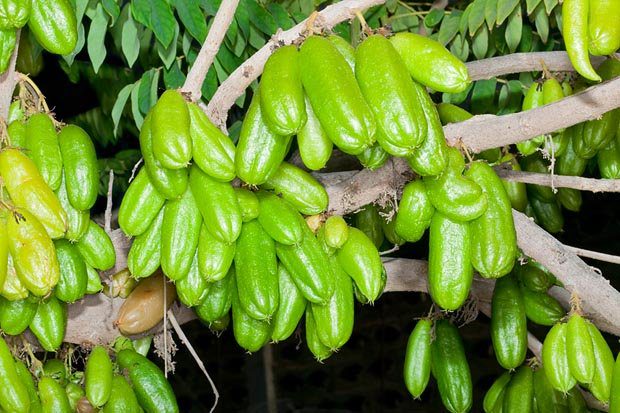
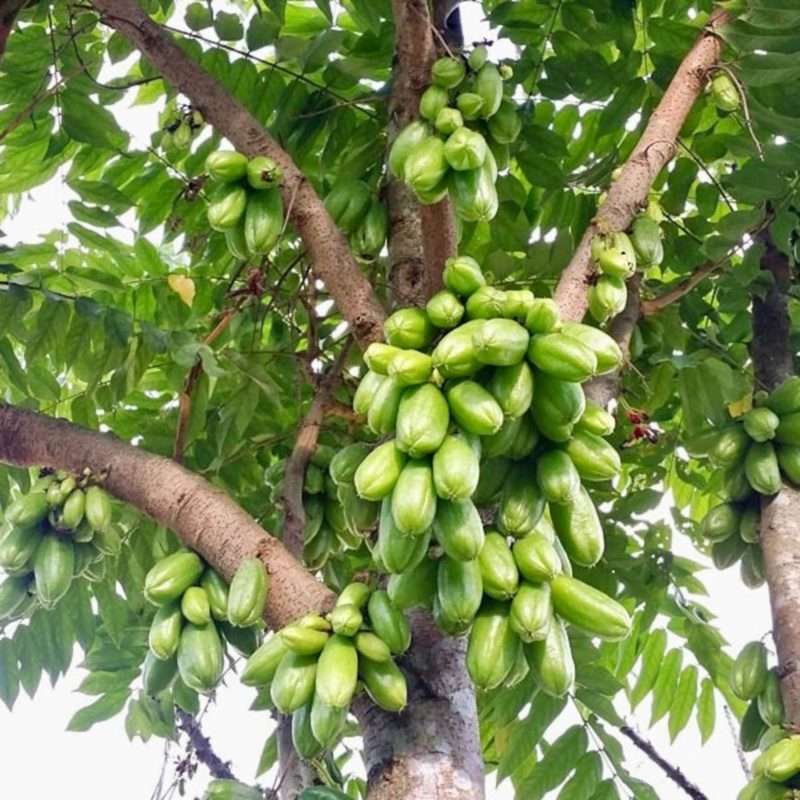
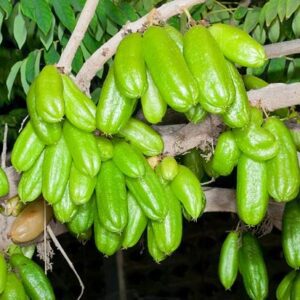
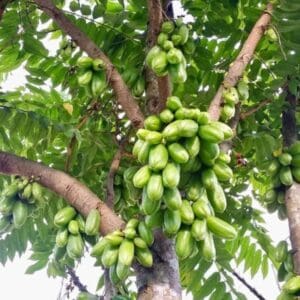
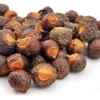
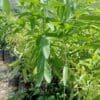
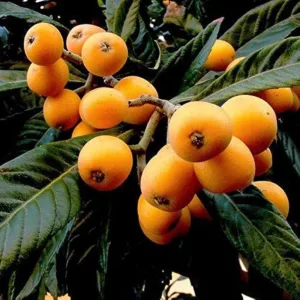
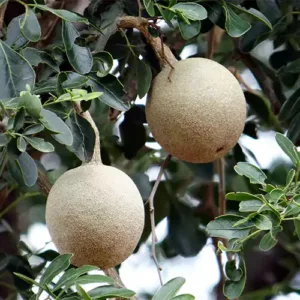
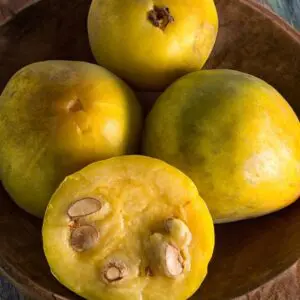
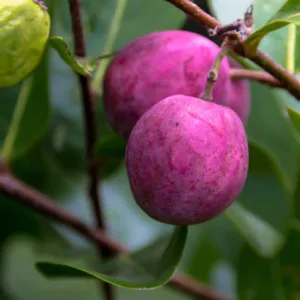
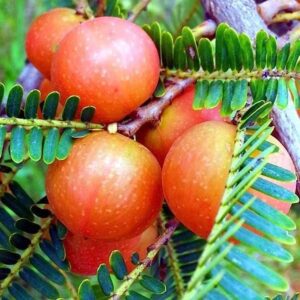
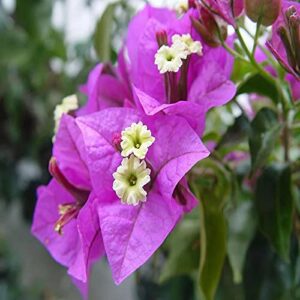
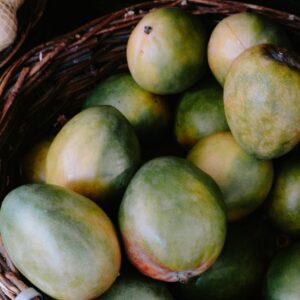
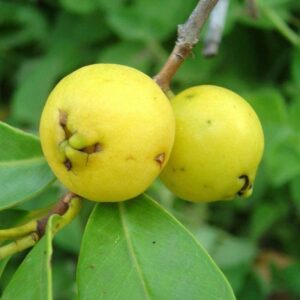

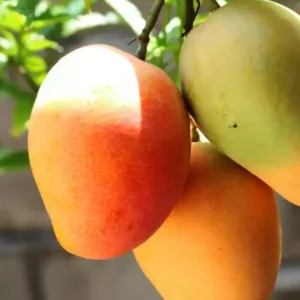
Reviews
There are no reviews yet.